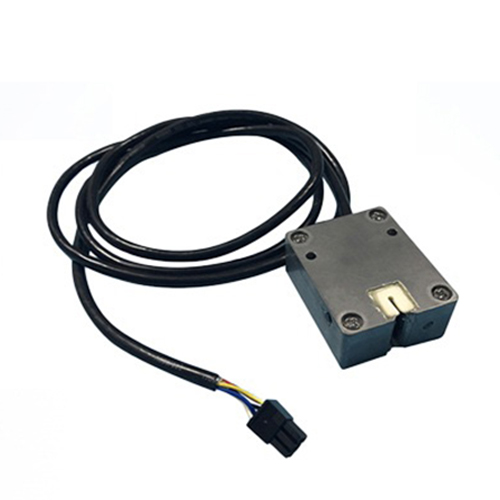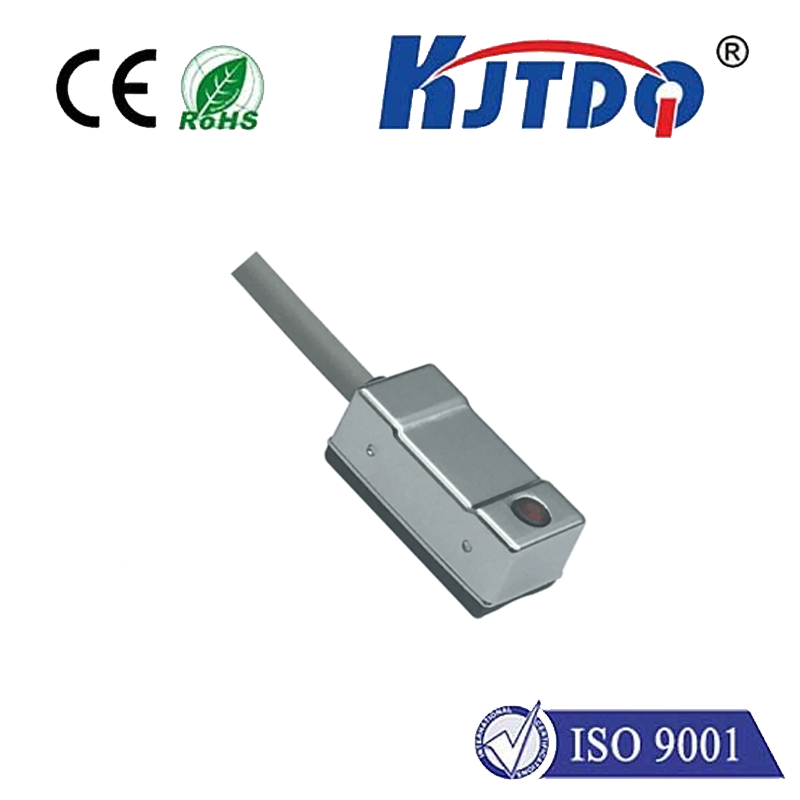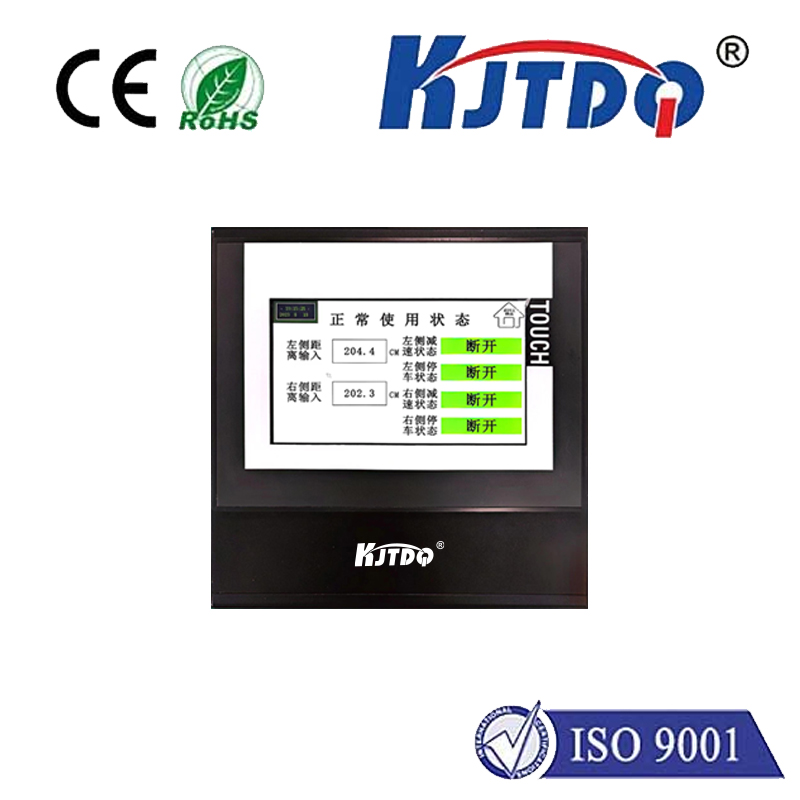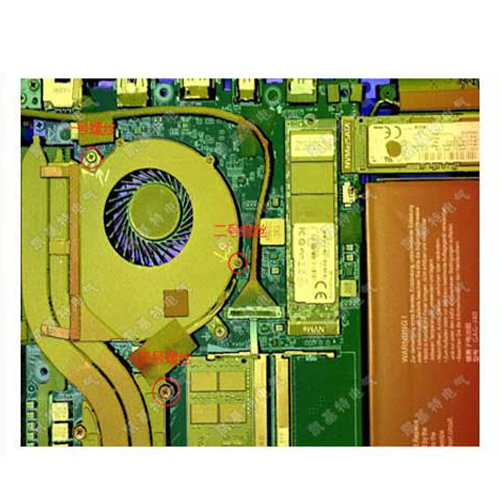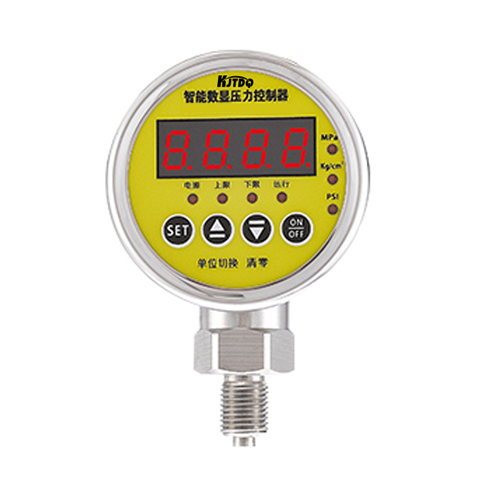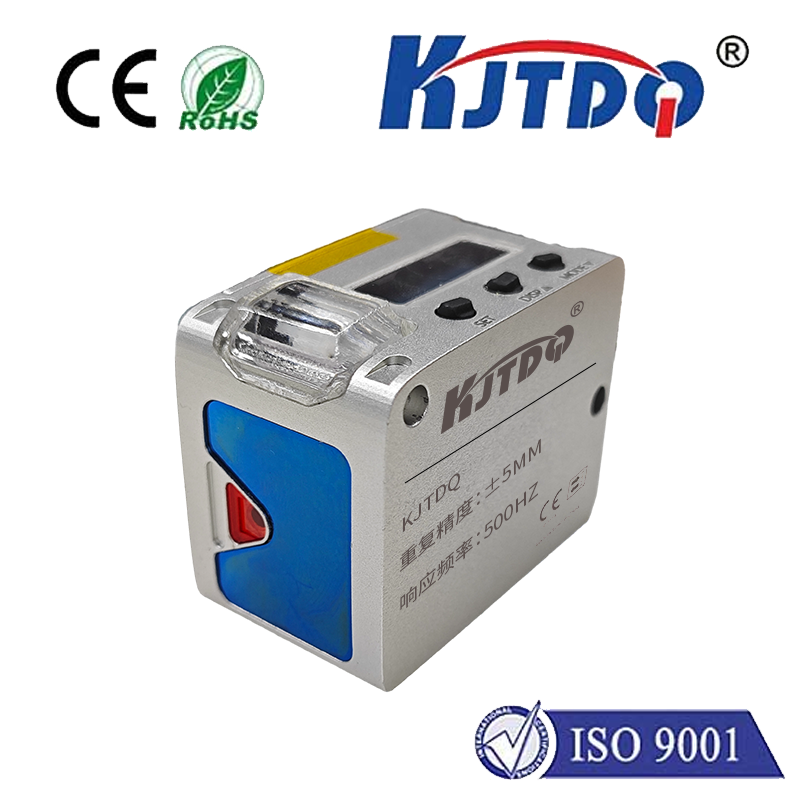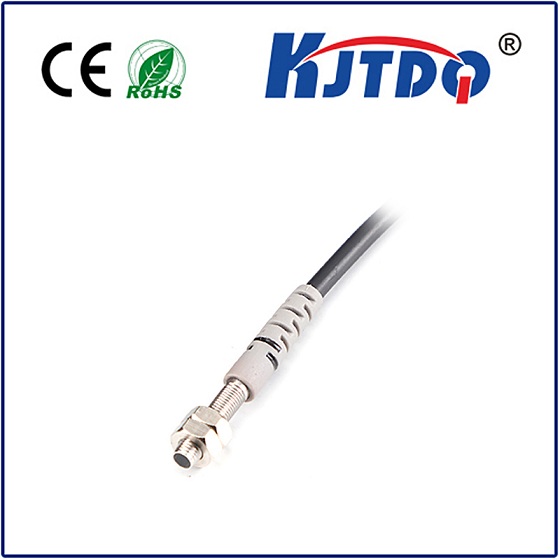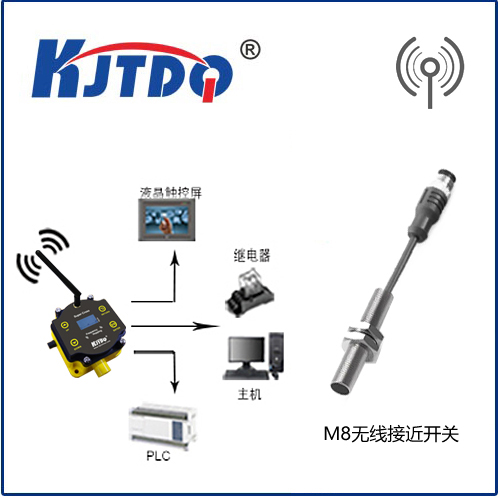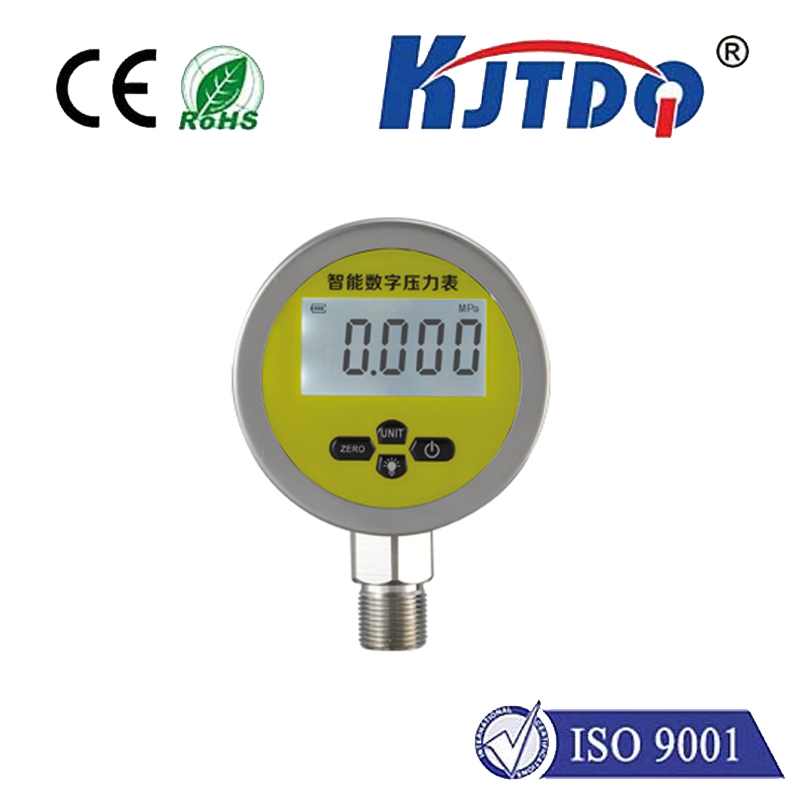

check

check

check

check
Title: Understanding Limit Switch for Lifts: A Comprehensive Guide
Lifts are essential components of modern infrastructure, providing efficient and safe transportation of people and goods in various settings. At the heart of every lift is a crucial component known as the limit switch, which plays a critical role in ensuring the safety and functionality of the lift. In this article, we will explore what a limit switch is, its purpose, types, and maintenance requirements, among other important aspects.
1. What Is a Limit Switch for Lifts?
A limit switch is a mechanical or electronic device that is designed to detect the point at which an elevator or lift reaches a predefined limit or threshold. The switch acts as an automatic stop mechanism, preventing the elevator from traveling any further once it has reached its maximum height or weight capacity. This helps ensure the safety of passengers and staff inside the elevator during operation.
2. Types of Limit Switches for Lifts
There are two main types of limit switches used in elevators: mechanical and electronic.
a) Mechanical Limit Switches:
Mechanical limit switches are the traditional type of switch used in older lifts. They consist of a lever or disc that is connected to a spring-loaded arm or plunger. When the elevator reaches the predefined limit, the spring pushes against the arm or plunger, causing it to connect with either a contactor or a circuit breaker, thereby cutting off power to the lift motor.
b) Electronic Limit Switches:
Electronic limit switches are more advanced and reliable than their mechanical counterparts. They use sensors and microcontrollers to detect the elevator's position and speed, and compare it to the programmed limits. If the lift exceeds the predetermined boundaries, the electronic switch sends a signal to shut down the power supply to the motor.
3. Purpose of Limit Switches for Lifts
The primary purpose of limit switches for elevators is to ensure safety and prevent accidents. By detecting when the elevator has reached its maximum height or weight capacity, the switches automatically stop the lift, thus protecting passengers and staff inside. Additionally, limit switches help operators monitor the elevator's performance and identify any potential issues before they can cause harm.
4. Maintenance Requirements for Limit Switches for Lifts
Like any electrical or mechanical component, limit switches require regular maintenance to ensure their proper functioning and longevity. Some common maintenance tasks include:
a) Cleaning: Remove any dirt or debris from the switch using a dry cloth or brush. This helps prevent friction and wear on the contacts or circuitry.
b) Calibration: Regularly check and adjust the switch's calibration to ensure accurate detection of lift limits. This may involve adjusting the position of the lever or plunger or resetting the sensor readings.
c) Lubrication: Apply a lubricant such as WD-40 or silicone spray to moving parts to reduce friction and enhance performance. However, be careful not to apply too much lubrication, as this can cause damage to the switch or interfere with its function.
d) Electrical testing: Conduct electrical tests on the switch to check for any signs of damage or malfunctioning. Replace any faulty components immediately to prevent potential hazards.
In conclusion, understanding the role of limit switches in lifts is crucial for maintaining safe and efficient operation in various settings. Whether you are a facility manager, operator, or technician, it is essential to have a thorough knowledge of these critical components and their maintenance requirements. By following best practices for installation, calibration, and maintenance, you can help ensure that your lifts operate smoothly and safely for years to come.
